The power of amortization
One of the biggest drivers of unit costs when manufacturing hardware is the quantity of units made. Put simply: It’s cheaper to make more of something. Manufacturers and suppliers provide volume discounts based on the number of items you purchase from them, and the process around manufacturing and assembling items can be automated or streamlined as the number of units increases.
Injection molding, an incredibly common way of making physical parts at high quantities, is the poster child of volume discounts. Typically, there are two costs to factor in when reviewing an injection molding quote: the tooling cost and the unit costs. Let’s check these both out, and see how you can better compare quotes by amortizing costs.
Tooling costs
Injection molding works using fabrication tools — large blocks of metal that are precisely machined to create molds. These molds fit together, molten plastic is injected into the gap between the molds, they cool to form the solid plastic parts, and the parts are ejected from the mold. This cycle repeats to create more parts, and it’s typically automated with robotic arms to help reduce the time to make each part.
The cost to fabricate the injection molding tools can be very high, and these tools can typically withstand manufacturing hundreds of thousands of parts before they need to be fixed or replaced. For most products, you’re paying for the tooling cost one time at a fixed rate, and you can think of this as a nonrecoverable expense (NRE).
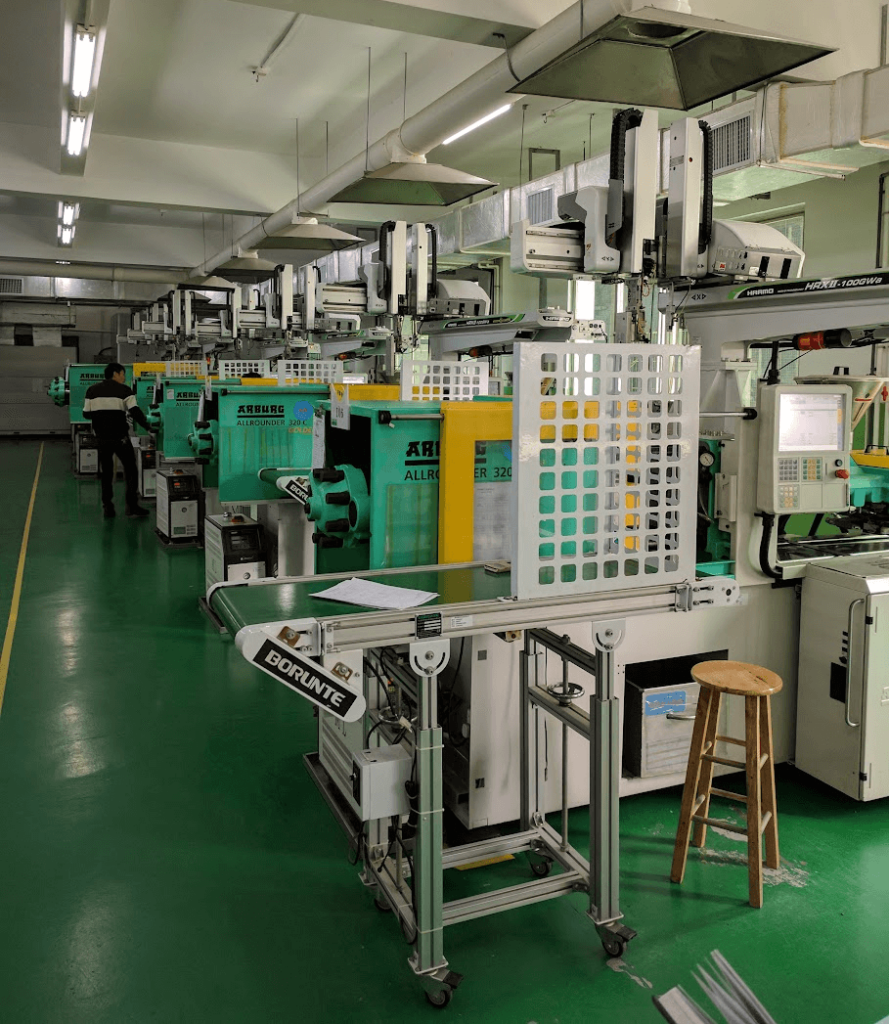
A typical injection molding shop with robotic arms.
Unit costs
Each plastic part made has an additional cost, which tends to reduce as we make more, and we call this the unit cost. One reason that injection molding is so common is that the per-unit cost tends to be very inexpensive — typically less than $1 per part. However, this depends on a variety of factors. The size of the part and the material used determine the costs more than anything else.
Common plastics like ABS (used in Lego bricks) or polypropylene (used for softer and flexible parts) are far less expensive than engineering-grade plastics such as nylon plus 20% glass fill (used in high-temperature spatulas) or Ultem (polyetherimide, used for highly insulating and temperature-resistant connectors). If you’re making many smaller parts, the injection-molding vendor may recommend you create something called a “family mold,” where multiple parts can be manufactured at the same time in the same mold. This reduces the time to make each set of parts, reducing the costs as well.
Amortizing
When you receive multiple quotes from vendors, it can be difficult to compare them directly. It’s not uncommon to see one quote with a high tooling cost and low unit cost and another with a low tooling cost but high unit cost. Each vendor balances the two to try and seem appealing to the customer but also hedging against a lower order in the future. They stand to make more money upfront with a higher tooling cost, which is guaranteed, but they may seem less attractive. In order to better compare these costs, we use a tool called amortization.
The equation for amortizing is simple. We divide the upfront tooling cost by the quantity of parts we’re making, then add in the unit costs. Let’s get fancy and show it like a textbook:

We can now compare apples to apples for various quotes, provided that they have supplied their quotes at the same quantity breakdowns.
Let’s try it
Let’s pretend we got three quotes for the front housing of my super awesome enclosure from three vendors.
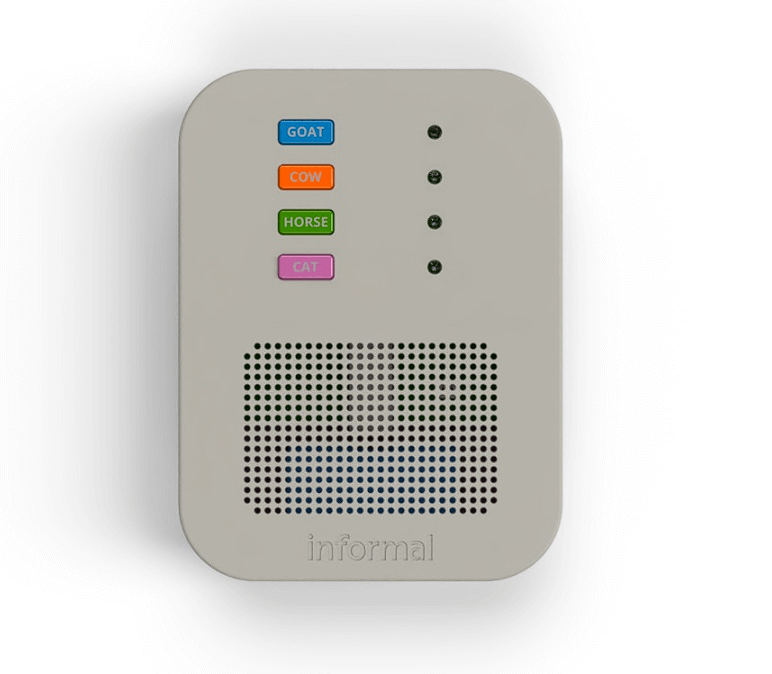
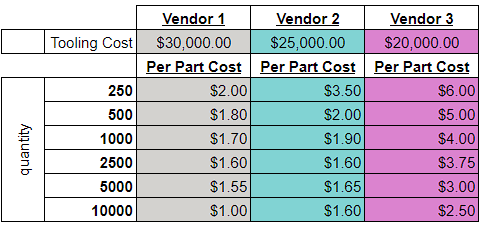
We use our handy amortization calculator to determine the costs at each quantity. Using Vendor 1, for example, the price at 250 pieces would be this equation:

Let’s repeat this for each quantity using a handy little calculator spreadsheet.
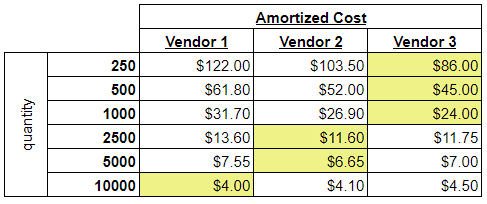
We can now see that Vendor 3 is the right choice from 250–1,000 units, then Vendor 2 becomes a better fit from 2,500-5,000 pieces. Once we look at over 10,000 units then we should proceed with Vendor 1.
Comparing apples to oranges
Amortizing can also be used to compare costs across various manufacturing methods. For instance, let’s look at urethane casting versus injection molding and Multi Jet Fusion (MJF) 3D printing. From our deep dive on manufacturing methods, you probably already know that each method has its pros and cons. Injection molding parts are cheap at high quantities due to the power of amortization, while urethane casting is a great alternative for making up to a hundred or so high quality parts. MJF, my favorite 3D printing method, is a fairly low cost alternative to making dozens to hundreds of parts if you can accept the surface finish imperfections.
3D printing tends to plateau on price, as the cost for labor to clean up the parts begins to outweigh the actual material cost, but there are no upfront costs needed to print a part. Urethane casting will never be able to compete with injection molding for unit price, but it has a lower tooling cost.
Unlike injection molding, the molds for urethane casting wear out after a dozen or so uses and need to be remade. We can modify our amortized calculation to factor this in. Assuming we can make 25 parts before we need a new mold, we adjust our amortized calculator to factor in tooling life. We round up how many sets of tools need to be manufactured for the order quantity now, and factor this into the price. For example, if we order between 26 and 50 urethane parts, we’ll need new tools created and will incur a second round of tooling costs.

Now we can compare apples to oranges! In this example, we can clearly see when it begins to make sense to switch from MJF to urethane casting to injection molding. Neat!
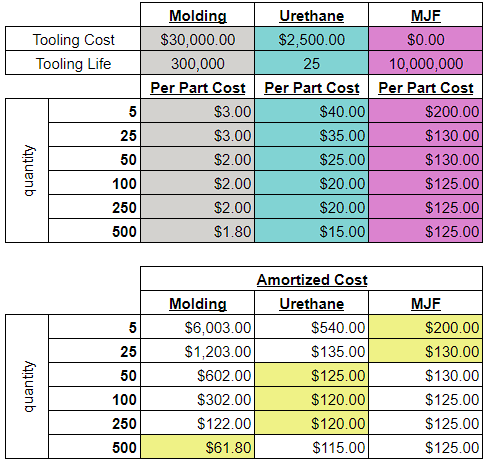
Get the calculator
If you want to get right to amortizing, feel free to use our premade calculator! Simply sign up here and start comparing quotes for whatever comes your way — injection molding parts, catering for a wedding, you name it!
informal is a freelance collective for the most talented independent professionals in hardware and hardtech. Whether you’re looking for a single contractor, a full-time employee, or an entire team of professionals to work on everything from product development to go-to-market, informal has the perfect collection of people for the job.